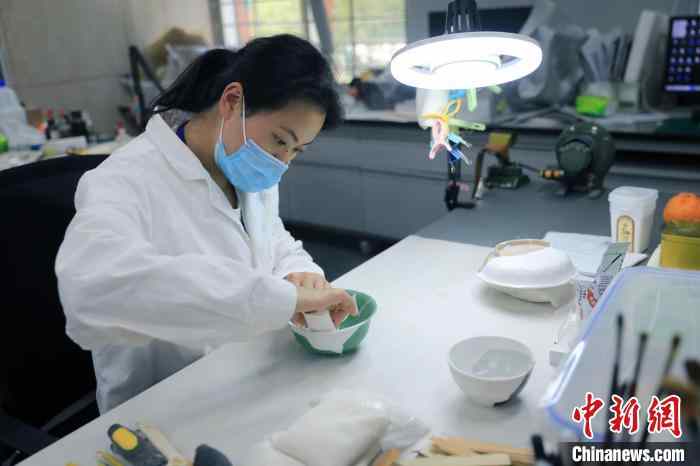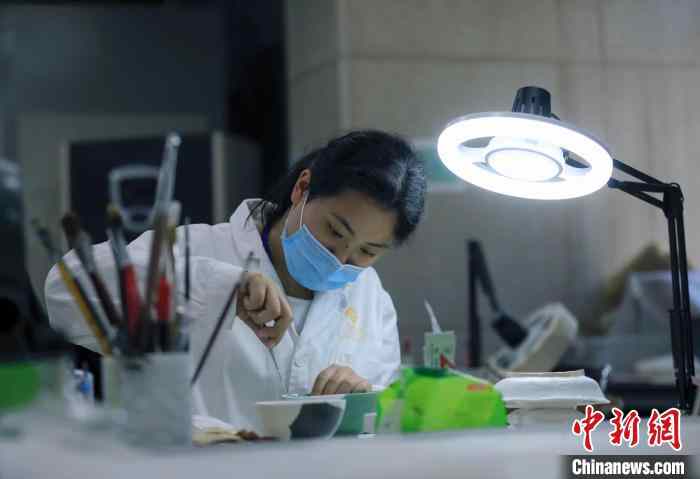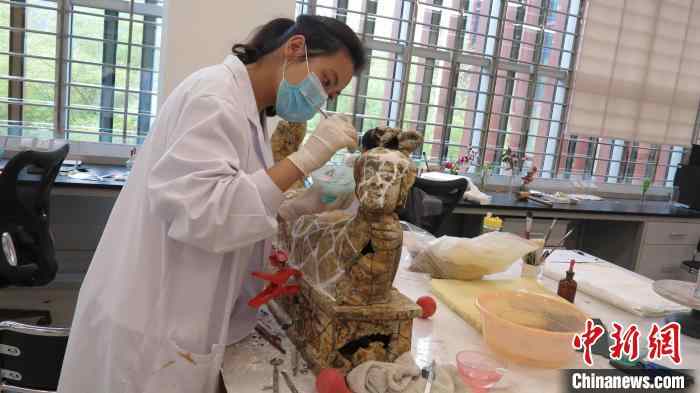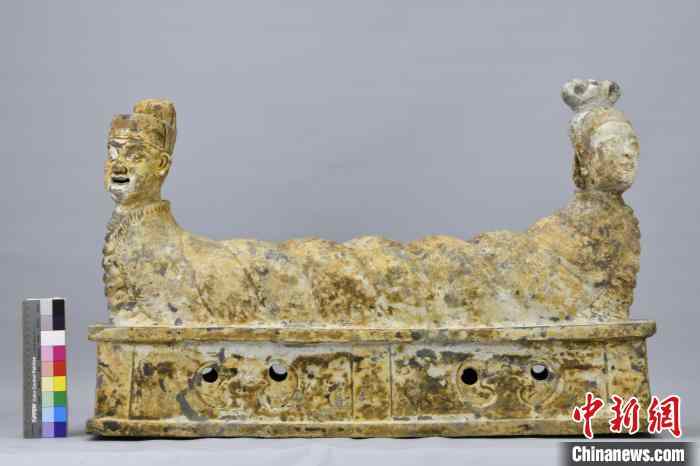Young female cultural relics repairer brings ancient treasures back to life
Though she was born after 1995, Fu Jinfeng, a cultural relics repairer, has restored more than 100 pieces of cultural artifacts, which mainly include porcelain and pottery products, over the course of the past more than six years.

Fu Jinfeng repairs a porcelain artifact. (Chinanews.com/Wang Lei)
Repairing cultural relics is not as easy as one can imagine, said Fu, who works at the Chengdu Cultural Relics and Archaeology Research Institute based in Chengdu, southwest China’s Sichuan Province.
Fu introduced that to repair a pottery artifact, she would first collect information about the object and record its status before the repair process officially started.
To piece different parts of the broken artifact together, she would first reinforce the object in case it might suffer further damage during the repair process, and then she would carry out a series of steps, including forming the pieces together with the use of adhesives, replacing the missing parts of the artifact with alternative components, polishing the artifact and then finally coloring it.

Fu Jinfeng repairs a porcelain artifact. (Chinanews.com/Wang Lei)
“Porcelain artifacts are more difficult to repair than pottery products,” said Fu, adding that normally it takes about 10 days to polish a porcelain object while the entire repair process for the same object could potentially last more than one month.
“For instance, to repair a total of over 100 porcelain products unearthed at the Donghuamen ruins in the city, we’ve already spent nearly one year polishing the artifacts, and we have yet to complete this single process,” Fu said.
“We will create a record for an artifact in first of all, and as the repair work continues, we constantly enrich and update information about the artifact,” Fu explained, indicating that this first step is an arduous and very crucial stage in the process of repairing cultural artifacts.

Fu Jinfeng repairs a double-headed artifact which has a body that looks like a snake. (Photo courtesy of the interviewee)
Fu said it is a common practice in China that some artifacts will be restored a second time. “New technologies, materials and crafts continue to emerge, and the repair materials that we apply today may undergo an aging process over the course of the next several decades. In this case, it is necessary that the materials should be replaced with new ones so as to extend the life of the cultural relics. This is the most vivid proof of the constant development of the industry,” Fu introduced.
“When I saw a damaged artifact, I was always very excited about the thought that I could piece different parts of the cultural relic together with my own hands. This process always brought me an inexplicable sense of accomplishment,” said Fu.

Photo shows a double-headed artifact which has a body that looks like a snake. It was repaired by Fu Jinfeng herself. (Photo courtesy of the interviewee)
Photos
Related Stories
- Prehistoric relics unearthed in China's Hunan
- Innovation brings Chinese cultural relics back to life for increasingly larger audience
- Ancient city site discovered in central China
- Cultural relics unearthed from Mausoleum of Han Dynasty emperor
- China's Gansu to exhibit highly-protected cultural relic next year
- Chinese, Italian archaeologists discuss protection of cultural relics
- China issues plan for cultural relic protection, technological innovation
- China introduces vocational skills standard for cultural-relic restoration
- Over 1,700 cultural relic sites under repair after downpours hit China's Shanxi
- China sees notable progress in cultural relics protection: report
Copyright © 2022 People's Daily Online. All Rights Reserved.










